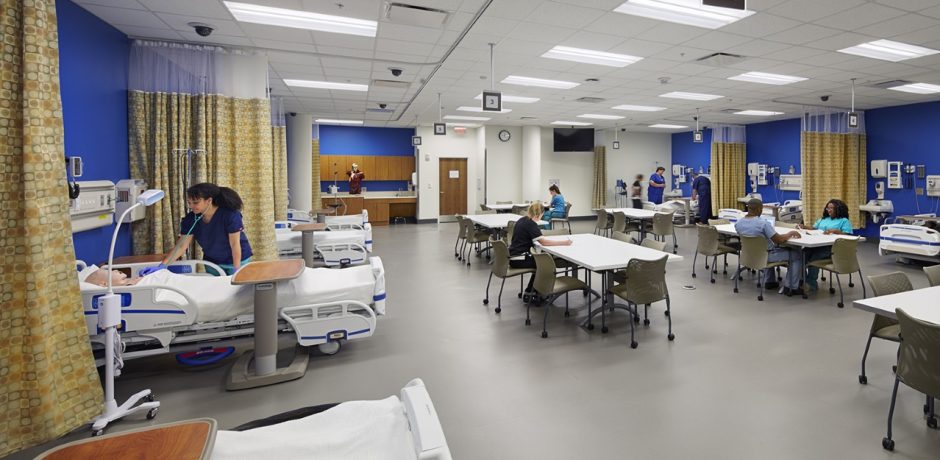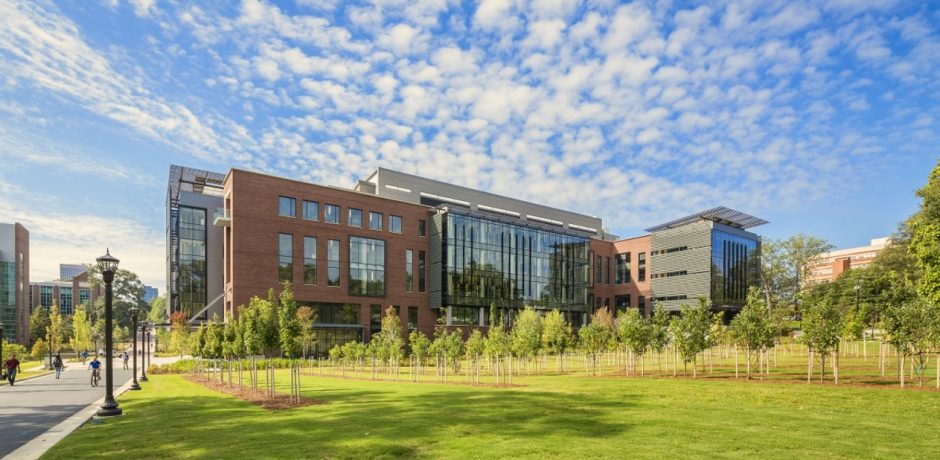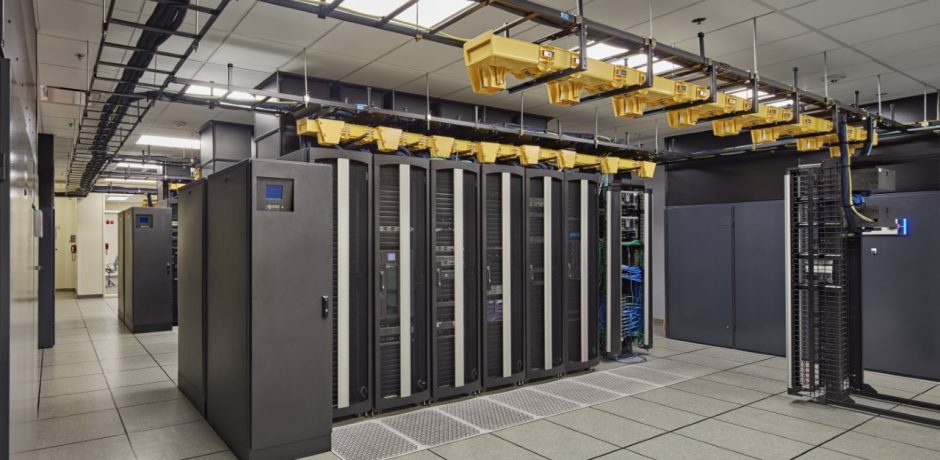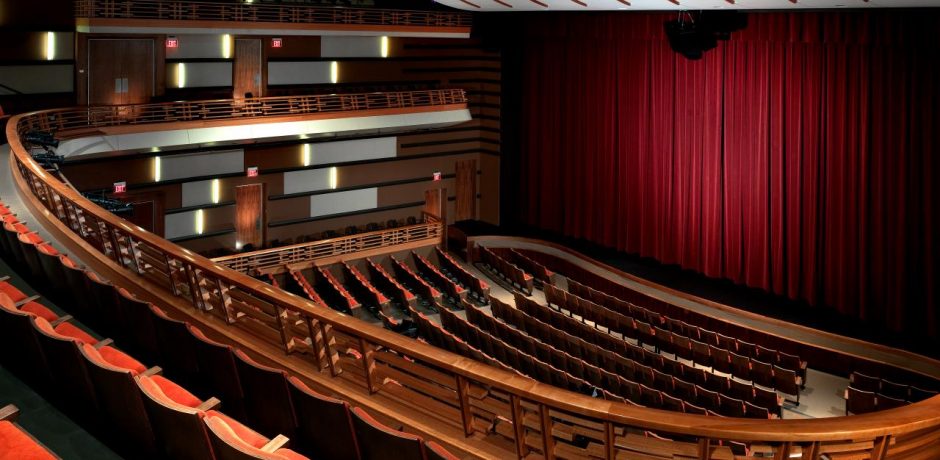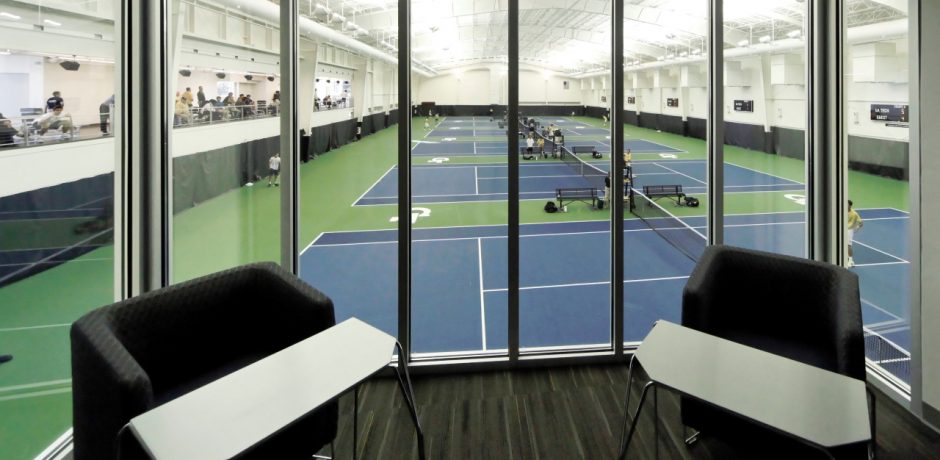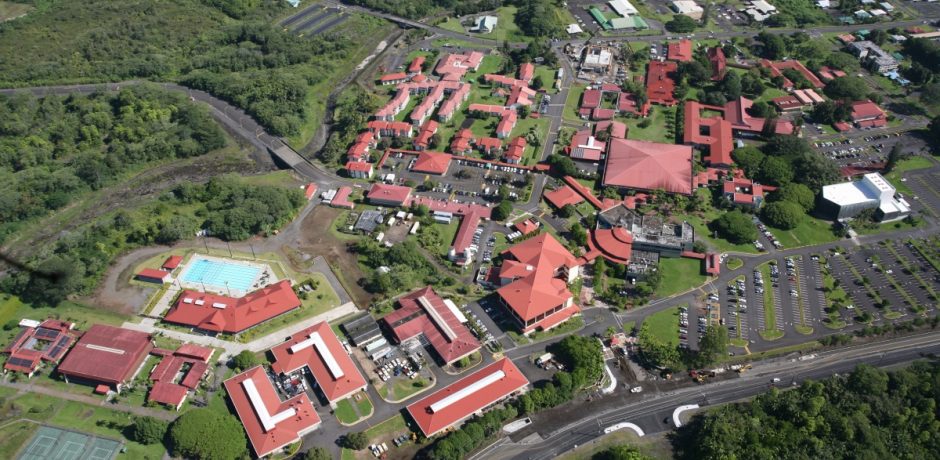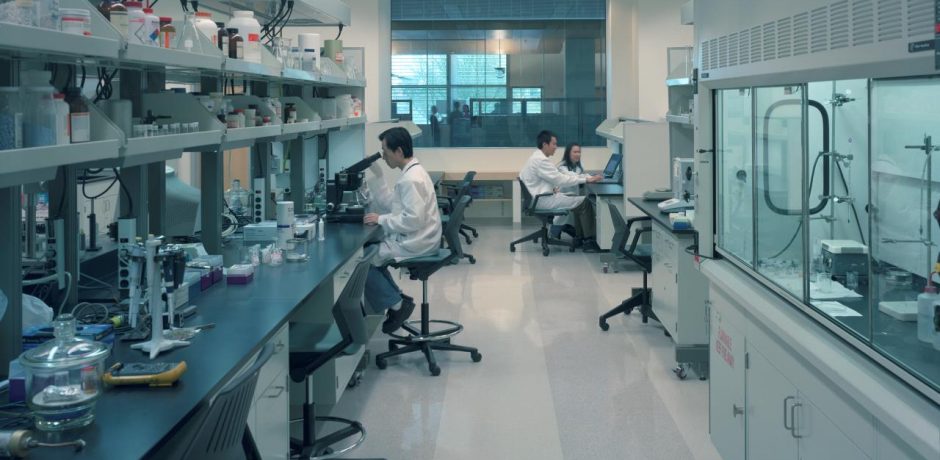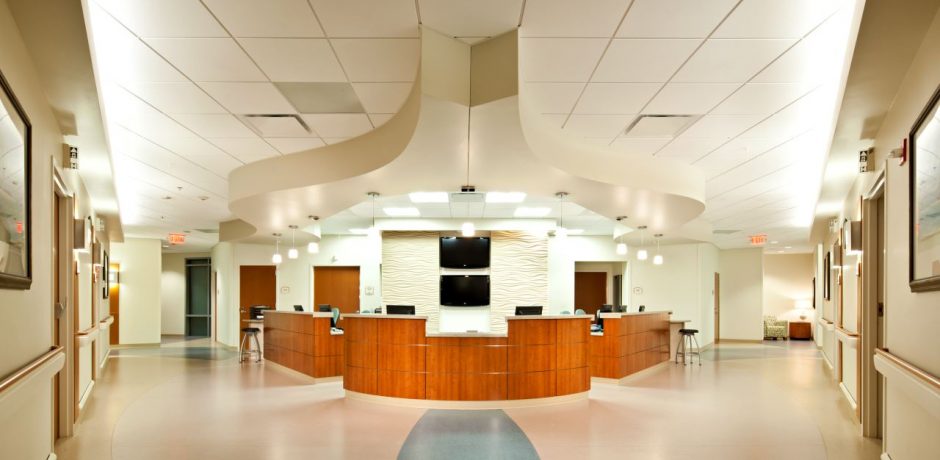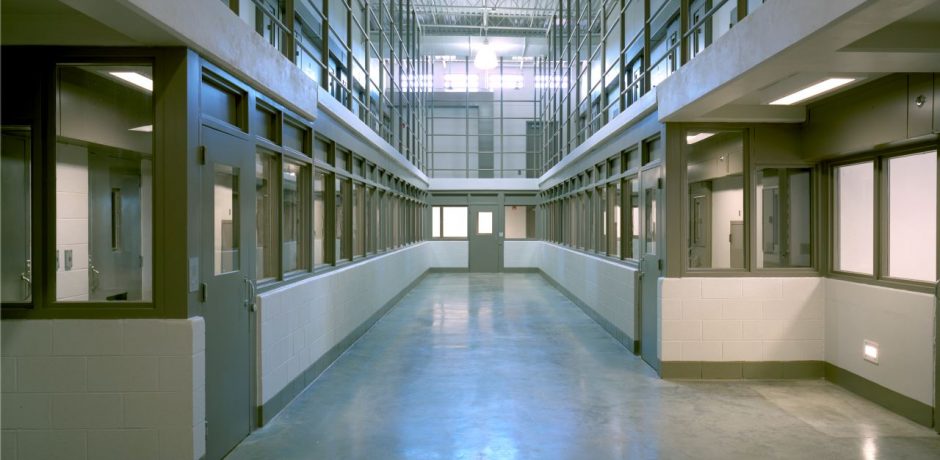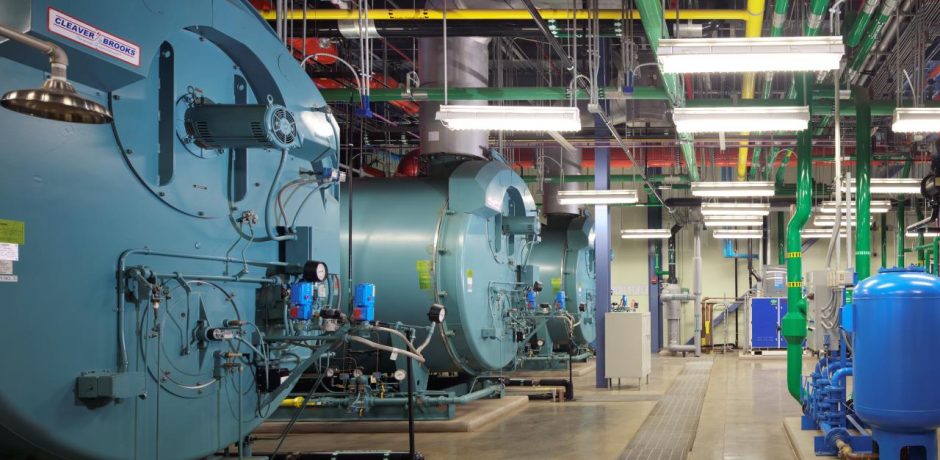The American health care system remains the worldwide standard for quality care, physicians produced, and research. One of the obvious reasons for this reputation is the commitment to excellence evidenced in the facilities cooperated by medical schools. These facilities can include research laboratories, medical education buildings, imaging center, and vivariums. The medical school of tomorrow uses the latest in technology, energy conservation, and facility design to attract and educate both physicians and scientists. more
Technological advancements in the building design and construction industry are allowing the performance envelope to be pushed from all directions. Reducing energy usage, improving occupant comfort, optimizing lighting levels, and integrating systems to simplify operation and maintenance practices are all examples of issues that require close scrutiny and expertise when designing high performance buildings. To achieve success with such projects, high performance buildings require a more collaborative approach to design and construction. In order to produce and sustain the performance levels of these types of facilities, owners are actively involved during the design process and have upgraded their approach to operations and maintenance. more
Communications, entertainment, productivity and resource management are all becoming increasingly mobile. As smartphones and mobile devices proliferate, people are expecting the same level of mobility at the office and in public spaces. Planning for successful and comprehensive wireless voice and data applications requires an understanding of networks, cabling infrastructure, building design and radio frequency (RF) signal behavior. more
Performing arts facilities are extremely complex due to their multitude of uses and supporting systems that must all reside in one facility. Patrons, performers and those working behind the scenes have myriad needs. more
The new millennium brought with it the increased sophistication of the sport’s patron. No longer simply a spectator, the contemporary sports facility consumer presents a set of increased expectations which demand a response from the owners and designers of sports venues. more
A master plan is a critical tool for any building owner. Most facilities management, design and construction professionals recognize the value of a master plan for a building or campus. A master plan focuses attention on the owner’s ultimate goals so that every facilities decision contributes to these goals. Some master plans, though, focus almost exclusively on architectural issues and do not adequately address engineering and infrastructure features. An engineering master plan, whether separate or as part of an architectural master plan, can allow building system and utility infrastructure decisions to be made within a framework that furthers the owner’s goals in a cost-effective and efficient manner. more
Institutional Owners are groups who build, own, renovate, and maintain multiple buildings on a regular basis. These Owners are more likely to be interested in longer payback on initial building capital costs to achieve straightforward maintenance and lower energy consumption. They are sophisticated and know how they want their buildings and consultants to perform. These types of Owners may be in the business of higher education, aviation, healthcare, research, corrections, or corporate activities, among others. They may be public or private. They all have common needs that are different, and in most cases, more complex than those of other Owners. more
The future of health care is now. Whether talking about hospitals, clinics, outpatient facilities, rehabilitation centers, or medical office buildings, these facilities are digital, include hotel-like amenities, and are equipped with intelligent building systems. more
As a result of the political and economic events of recent years, governmental revenues available for correctional facilities’ construction and operation have steadily declined. To continue providing value to our clients, correctional facilities designers must adapt to the constraints imposed by reduced funding. By providing high-value design services, creative engineering practices can keep both first costs and operating costs reasonable. more
Campus energy plants produce chilled water, heating water, steam and/or electricity to serve a group of buildings in a common location. These energy plants are a vital key in today’s quest to design buildings with higher energy efficiency, reduced carbon footprints, water saving features, and lower environmental impact. more

